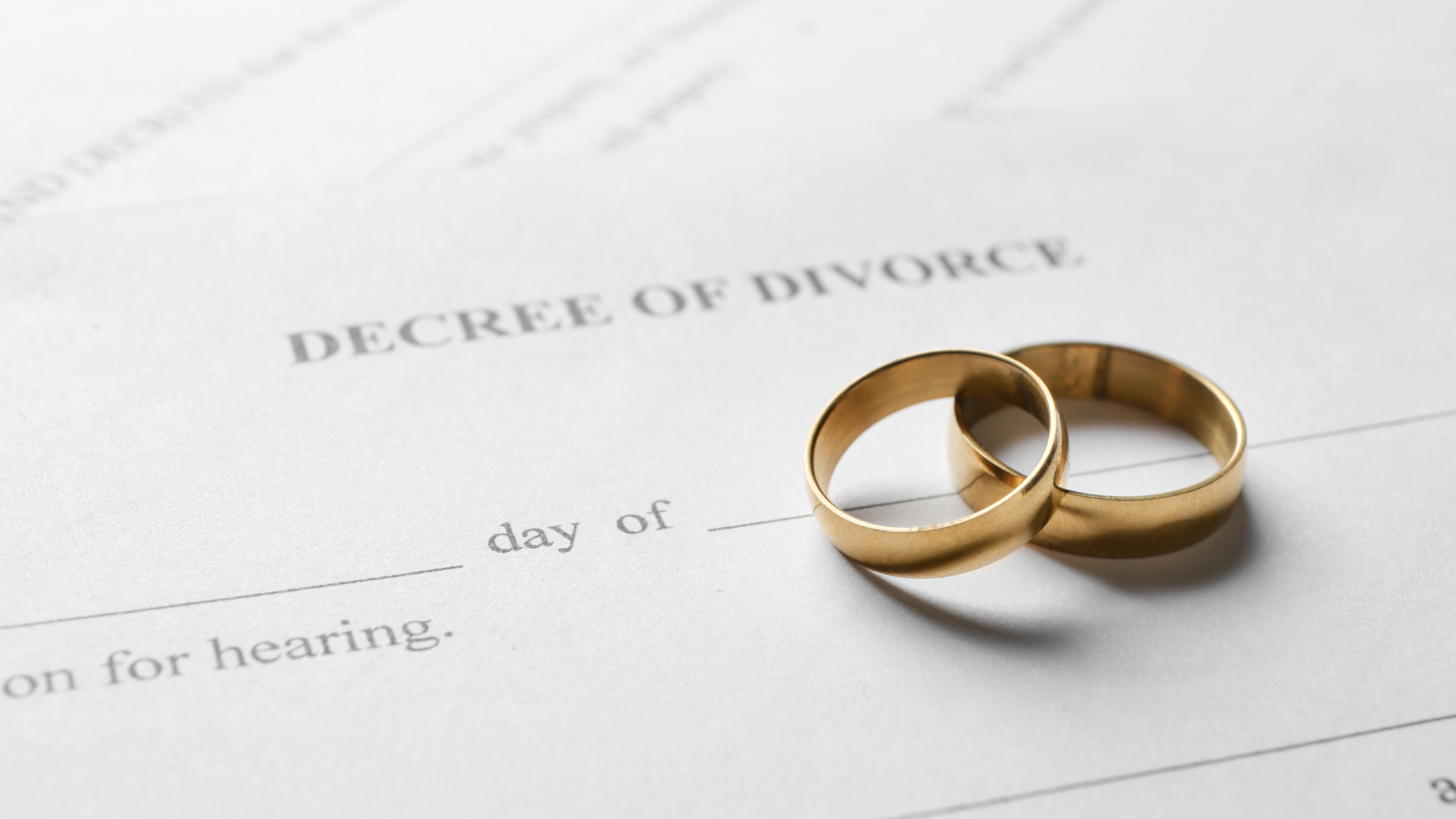Financial distress can strike anyone—whether you’re a business facing declining revenues or an individual overwhelmed by debt. Recognizing this reality, the UAE has taken significant steps to provide structured legal mechanisms for dealing with insolvency. The UAE Insolvency Law offers protection, clarity, and a legal framework designed to preserve business continuity, protect creditors’ rights, and offer debtors a path to recovery.
This guide breaks down the key features of the UAE’s insolvency regime, helping businesses and individuals understand their rights, obligations, and available options.
Background: Why the UAE Introduced Modern Insolvency Laws
Traditionally, insolvency in the UAE carried a heavy stigma and often led to severe consequences—including criminal liability. But the introduction of Federal Decree Law No. 9 of 2016 on Bankruptcy for businesses and Federal Decree Law No. 19 of 2019 on Insolvency for individuals marked a new era of financial relief and transparency.
These laws aim to:
- Provide legal tools to manage debt
- Encourage out-of-court settlements
- Protect the rights of both debtors and creditors
- Promote economic stability and investor confidence
What Is Insolvency Under UAE Law?
Insolvency occurs when a person or entity is unable to meet their financial obligations as they fall due or when their liabilities exceed their assets. The UAE differentiates between commercial insolvency (business-related) and personal insolvency (individual-related), each with its own processes and remedies.
Insolvency Options for Businesses
Businesses in financial difficulty have multiple routes under UAE law:
1. Preventive Composition
This is a restructuring procedure available to businesses that anticipate insolvency but are not yet bankrupt. It allows the debtor to propose a plan to restructure their debts and business operations, subject to creditor approval.
Key points:
- The debtor must not be more than 30 days overdue on debts
- Requires court approval to initiate
- Creditors vote on the proposed plan
- Supervised by court-appointed trustees
2. Bankruptcy Proceedings
If preventive composition is not viable or the debtor is already in default, formal bankruptcy proceedings may be initiated.
These may lead to:
- Debt restructuring under court supervision
- Liquidation of the business and asset distribution to creditors
Businesses may initiate these proceedings voluntarily or be forced into them by creditors.
Insolvency Law for Individuals: A New Beginning
The UAE’s Insolvency Law for Individuals (2019) provides a structured process for residents who are unable to pay personal debts, such as credit card bills, loans, or rent.
Key Features:
- Protection from legal prosecution for bounced cheques and other debt-related issues
- Court-supervised repayment plan, typically over 3 years
- Option for liquidation if repayment is not feasible
- Debt write-off upon successful completion of the plan
This law offers individuals the chance to reset their financial life without criminal repercussions—a first in the region.
The Role of the Courts and Trustees
Both corporate and personal insolvency cases are handled through the UAE judicial system. Courts play a supervisory role and may appoint trustees to:
- Evaluate the debtor’s assets and liabilities
- Manage the restructuring or liquidation process
- Facilitate communication between creditors and debtors
- Monitor compliance with the court-approved plan
Implications for Creditors
Creditors, whether secured or unsecured, have certain rights and protections under the insolvency laws:
- They may initiate bankruptcy proceedings against a debtor in default
- Voting rights on composition or restructuring plans
- Pro-rata recovery in liquidation cases
- Right to challenge fraudulent asset transfers
Proper documentation and timely filings are critical to maximizing creditor recovery.
Impact on Business Continuity and Economic Confidence
The law aims to help businesses stay afloat rather than collapse under the burden of debt. By offering a path to rehabilitation, the UAE Insolvency Law supports:
- Continued employment for workers
- Repayment possibilities for creditors
- Economic confidence for investors and financial institutions
Insolvency, when managed transparently, can be part of a business’s lifecycle—not the end of it.
Challenges and Considerations
While the law is a major improvement, challenges remain:
- Court capacity and timelines vary by emirate
- Complex procedures may require legal counsel
- Cultural stigma still influences decision-making
Business owners and individuals should seek professional advice early to avoid escalation and ensure proper compliance.
DIFC and ADGM: Separate Insolvency Frameworks
Businesses operating within the DIFC (Dubai International Financial Centre) or ADGM (Abu Dhabi Global Market) fall under separate common-law-based insolvency regimes.
These frameworks often mirror international standards and may offer:
- Cross-border recognition
- Creditor-friendly enforcement mechanisms
- Familiarity for international investors
Startups and international companies often choose these jurisdictions for their legal predictability and modern procedures.
Conclusion: From Crisis to Clarity
The UAE Insolvency Law marks a turning point in how financial distress is managed—providing a clear, balanced system that protects both debtors and creditors. Whether you’re an entrepreneur trying to rescue your business or an individual seeking relief from debt, knowing your legal options is essential.
By acting early, working with professionals, and understanding the system, insolvency can become a strategic recovery tool—not a final failure.






